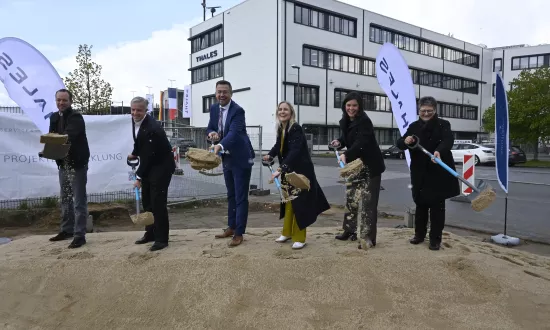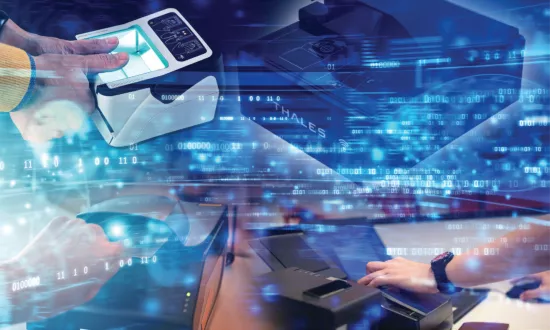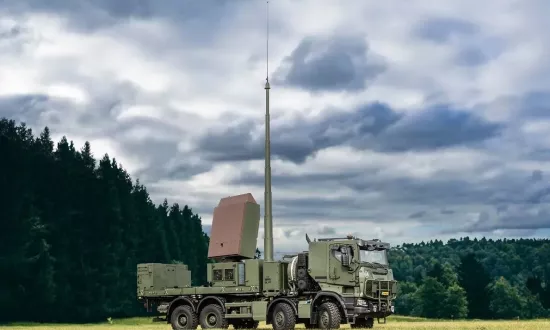Journeys without barriers
How can multimodal journeys in cities and regions be made easier?
Efficient, free-flowing transport is the lifeblood of our cities and regions. Yet cars remain the dominant mode of mobility. The effects on air quality, health and the environment are well known. There are also economic impacts: road congestion in Europe costs an estimated €270 billion a year .
High-quality public transport in cities can provide an attractive alternative to car journeys. But encouraging people to leave their cars at home and to use metros, buses and trains instead is no easy task. Travellers want easy door-to-door journeys. If public transport is perceived as being too inconvenient, complex or expensive, the car wins.
This problem is amplified at the edges of cities where there is less public transport and where car dependency is greatest. A high proportion of traffic generated in the urban fringe ends up in the urban core – no matter how good the transport offer is in the city centre itself (or how bad the traffic jams are there).
One possible way to limit traffic pouring into the city centre is to implement a Park & Ride scheme. This enables motorists to leave their cars at parking facilities near a public transport node and to continue their journey by train, bus or tram instead.
Moreover, when considering the creation of a brand new public transport project, such as a new metro, it is vital to consider how this will integrate in the public transport system of the city or region as a whole.
How a multimodal system can help
A multimodal transport system provides public transport authorities (PTAs) with a way of reducing car dependency. This is achieved by providing travellers with easy ways to plan and pay for journeys on public transport. Other modes can be included as well.
The aim is to replicate the ease of car travel by offering a seamless door-to-door experience using a mixture of different transport modes. The private car may still be part of this journey, but it is no longer the main part.
Aside from reducing congestion and improving environmental performance, multimodal systems also help to make cities more resilient. For example, multimodal systems provide PTAs with an ability to respond to passenger demand by making the best possible use of all available transport resources.
Multimodal challenges
Before considering how a multimodal system works, it’s worth looking at some of the factors currently shaping transport in cities and regions.
Planning versus payment
There is a growing gap between how journeys are planned and how they are paid for. You can easily plan a complete multimodal journey using a journey planning app. But paying for that multimodal journey is a different matter – in many cities, payment is fragmented across multiple transport providers.
Ownership of the passenger experience
An additional layer of complexity is the proliferation of competing journey planning and mobility apps. Many of these are outside the control of PTAs. While some third-party mobility apps have a multimodal component, they typically steer users towards a specific mode of transport .
New actors
New modes of mobility and micromobility are becoming more numerous. These include everything from ride hailing to electric bicycles and e-scooters. These provide extra choice for travellers but create a more complex competitive environment for PTAs.
Orchestrating multimodal mobility with Thales TRANSCITY™ platform
Our TRANSCITY™ platform is the foundation on which seamless multimodal journeys are built. The beauty of TRANSCITY™ is that passengers need only one ticket for the full ride – no matter how many different modes of transport they use.
Easily integrate any operator
With TRANSCITY™, you can create a multimodal transport system that incorporates any mode of transport: as well as metros, buses, main lines and trams, you can integrate taxis, road tolling, car parks and even consider the integration of micromobility modes. New actors can be added easily and the system is fully scalable, from a single bus operator to an entire regional transport network.
Use any fare media
Classical contactless transport cards, EMV cards and smartphone ticketing can all be integrated, so passengers can pay for their journeys any way they want to. And TRANSCITY™ is ready for hands-free ticketing, which will allow passengers to walk straight through ticket barriers without the need to tap in.
Offer the most attractive fares
TRANSCITY’s powerful cloud-native back office system allows you to fine-tune ticketing products, offer incentives and manage promotions to attract passengers – and ensure that riders always get the best deal.
Payment rules can be set to be pay-as-you-go, which means travellers pay by the journey (a post-payment scheme). This mechanism is used for EMV in transit. In addition, payment schemes can integrate capping and “best fare” features, which ensure the traveller will always benefit from the most advantageous price without having to choose the option beforehand. The choice for the best option applies after the journey has been made.
Rapid revenue apportionment
Revenue distribution between participating operators is continuously calculated. The frequency of settlement depends entirely on the accounting rules of the scheme. The settlement can be set to take place once a day, for instance.
Data-driven mobility
You can use ticketing data from TRANSCITY™ to enrich the passenger experience and build a closer relationship with your customers. For example, real-time data can be fed into passenger information systems and journey planning apps to improve accuracy and build confidence. You can even use TRANSCITY™ data to monitor passenger flows and predict crowding.



